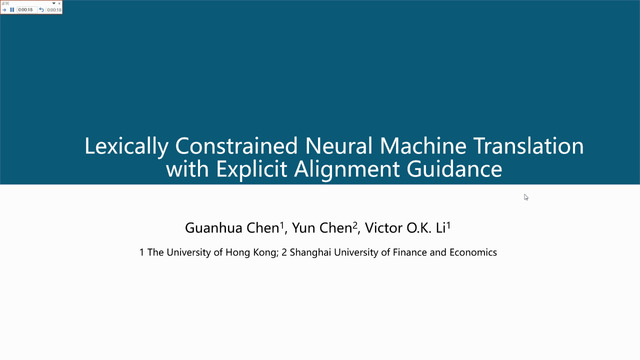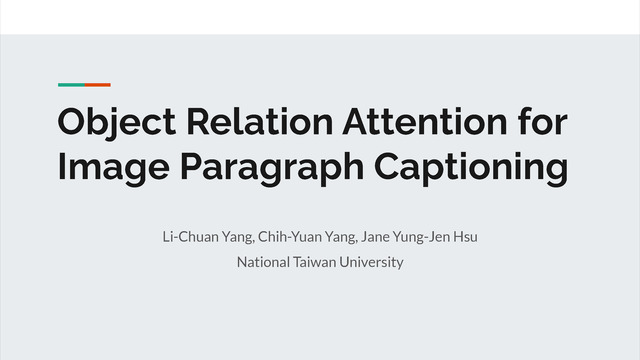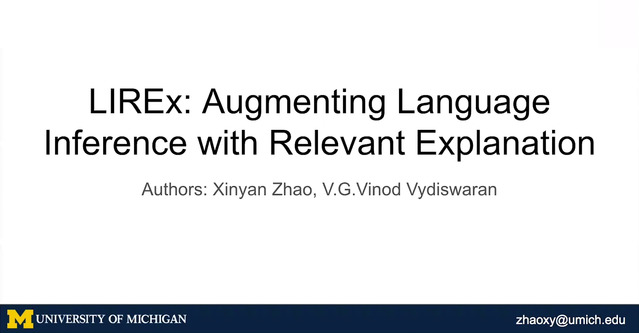Abstract:
Natural Language Processing (NLP) tasks are usually performed word by word on textual inputs. We can use arbitrary symbols to represent the linguistic meaning of a word and use these symbols as inputs. As ``alternatives″ to a text representation, we introduce Soundex, MetaPhone, NYSIIS, logogram to NLP, and develop fixed-output-length coding and its extension using Huffman coding. Each of those codings combines different character/digital sequences and constructs a new vocabulary based on codewords. We find that the integration of those codewords with text provides more reliable inputs to Neural-Network-based NLP systems through redundancy than text-alone inputs. Experiments demonstrate that our approach outperforms the state-of-the-art models on the application of machine translation, language modeling, and part-of-speech tagging. The source code is available at https://github.com/abdulrafae/coding_nmt.









































